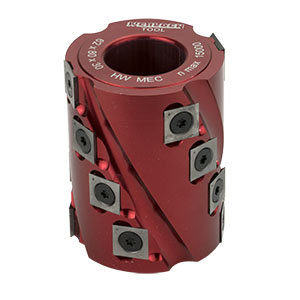MitreKnown
Established Member
I was wondering what people thought the easiest way to make the cut shown below. It's in a total length of >20m of timber (each piece about 2.4m). Dimensions in mm. My table saw can't cut 120mm, max 80mm I think, but it would be a difficult cut to make anyway as keeping the timber on its edge would be tricky. I guess I could clamp or screw an additional timber to it to give it a more stable footprint, but then I am still up against the 80mm maximum cut problem.
I don't fancy using a router as that will take a long time and create a huge amount of sawdust. I suppose if I use the table saw for 80mm worth of it, then the router only has to do the remaining 40mm.
Any bright ideas?

I don't fancy using a router as that will take a long time and create a huge amount of sawdust. I suppose if I use the table saw for 80mm worth of it, then the router only has to do the remaining 40mm.
Any bright ideas?






































